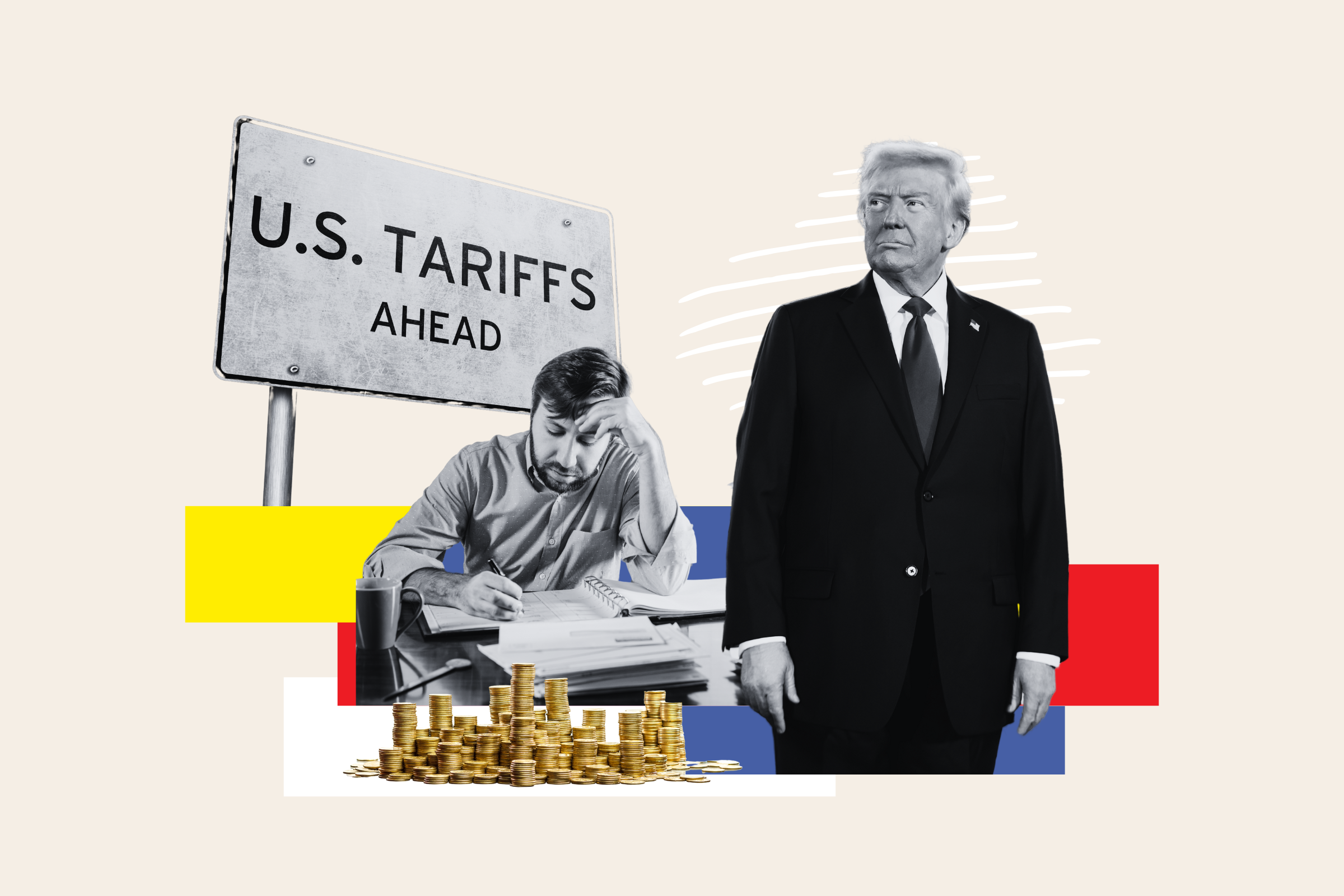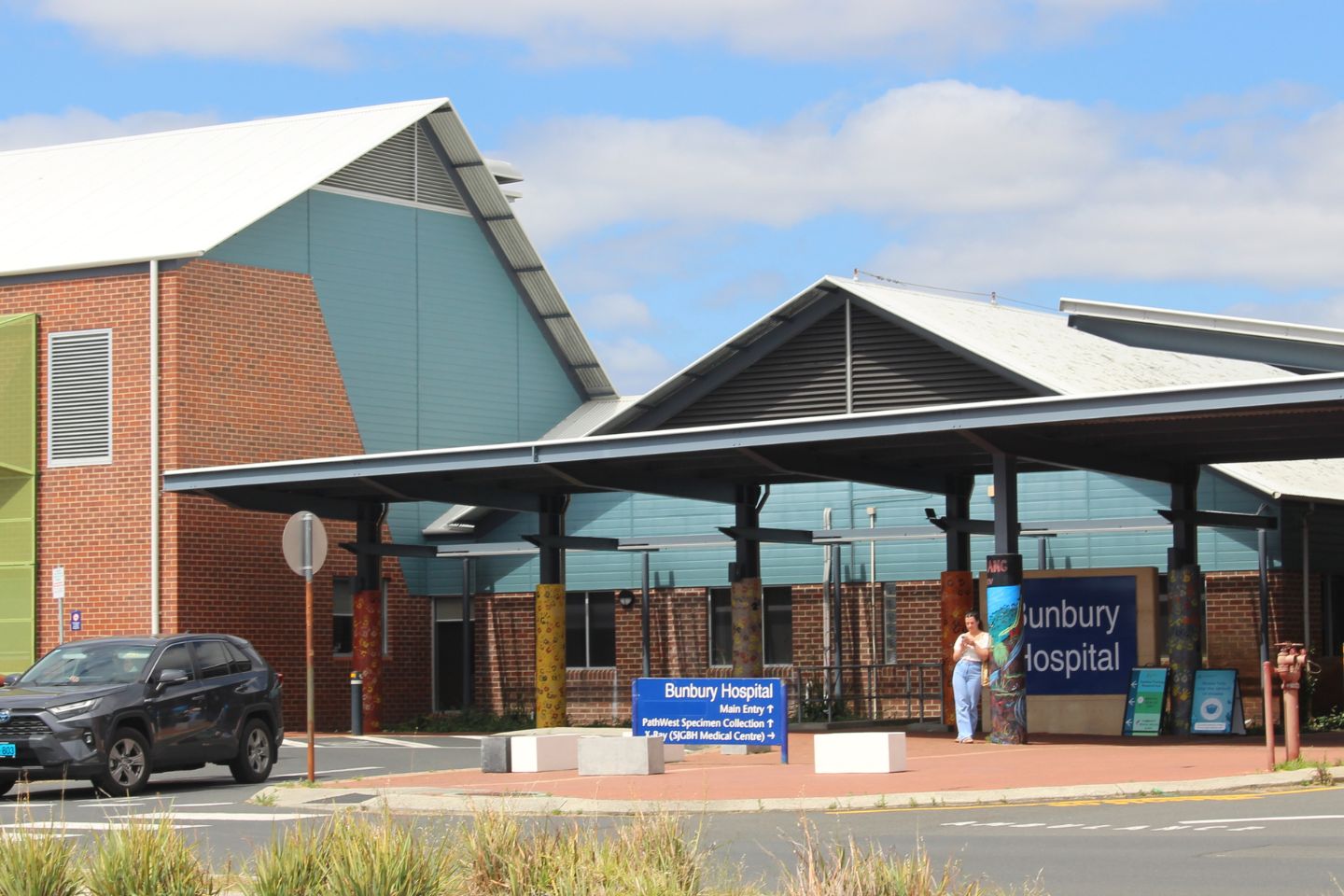European stocks slipped lower on Wednesday, while the euro stayed on the cusp of parity with the dollar, as traders awaited a closely watched US inflation report due later in the day.
The regional Stoxx Europe 600 share index — which has fallen almost 15 per cent so far this year in a broad global stock downturn driven by major central banks raising interest rates — lost 0.6 per cent in early dealings. London’s FTSE 100 fell 0.9 per cent.
A broad FTSE index of Asia Pacific shares, excluding Japan, added 0.6 per cent. Tokyo’s Topix added 0.5 per cent.
US inflation data, to be published on Wednesday, are expected to show the annual pace of consumer price increases in the world’s largest economy rose to a fresh 40-year high of 8.8 per cent last month.
A surprisingly high inflation print for May pushed the Federal Reserve to raise its main funds rate by an extra-large 0.75 percentage points in June, its most in three decades.
“Any further surprises today could have a big impact,” said Jim Reid, strategist at Deutsche Bank, in a note to clients, adding that the bank’s own economists believe the annual inflation rate has hit 9 per cent.
Economists at Goldman Sachs, however, expect the core monthly inflation rate, which excludes fuel and food costs, to have slowed to 0.5 per cent, from 0.6 per cent in May. According to the US bank, retailers are likely to have cut prices to shift unsold stock and inflation in the rental market has eased.
The euro remained at a fraction above $1 on Wednesday, having been pushed lower partly by worries over Russia cutting off gas supplies to Europe. The dollar index, which measures the US currency against six others, was steady at around a two-decade high, boosted by warnings of a global recession and the Fed raising interest rates.
The US central bank’s benchmark interest rate is at present in a range of 1.5 to 1.75 per cent and futures markets are pricing a further 0.75 per cent rise in July. However, downbeat manufacturing and consumer surveys have prompted traders to scale back their expectations of how far rates will rise in the coming months, with futures implying a peak of just over 3.4 per cent by next February.
In bond markets, the yield on the benchmark US Treasury drifted 0.01 per cent higher to 2.97 per cent. This yield, which sets the tone for debt costs worldwide, has dropped from about 3.5 per cent a month ago as economic uncertainty drove up the price of the haven asset.
The two-year Treasury yield, which tracks interest rate expectations, added 0.02 percentage points to 3.07 per cent, reflecting a so-called inverted yield curve pattern that has historically preceded recessions. The spread between the two yields is about its widest since 2007.
Brent crude, the international oil benchmark, added 1.1 per cent to $100.59 a barrel. Oil prices had slumped on Tuesday as threats of new coronavirus lockdowns in China further clouded the outlook for oil demand, despite western sanctions against major producer Russia following its invasion of Ukraine.





















Discussion about this post